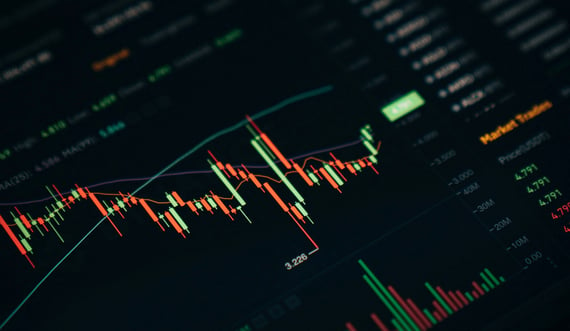With the highest inflation witnessed in a generation, Western central banks are withdrawing pandemic-induced stimulus from the economy and shifting away from the loose monetary policy that has become somewhat normalised since the 2008 Great Recession. We are still in the very early stages of this next monetary phase and for the time being policy remains loose. However, one thing is clear – combatting inflation is – and should be – at the forefront of central bankers’ priorities, despite the collateral damage that entails.
The implications for M&A are uncertain. Much of the demand that has resulted in record dealmaking recently has been driven by a cheap money environment. As this is removed, expect greater emphasis on the strategic necessities of acquisitions, as well as higher ROI requirements. So far this year, we have already seen equities revert to more sensible multiples. Whether this continues very much depends on the true nature of the economy’s ‘recovery’, the path of inflation and the resolve of central bankers.
Last week, the Federal Reserve finally announced the much-anticipated ‘lift-off’ in interest rates. Fed Chair, Jerome Powell has indicated that a further six rate hikes are planned for this year – taking rates to around 2% by the end of 2022. This is in addition to the unwinding of asset holdings from the Fed’s balance sheet – a process termed Quantitative Tightening.
Meanwhile, the Bank of England is a few steps ahead, having increased the UK’s rates to 0.75% and begun the QT process, whilst the ECB is yet to get started.
This tightening of monetary policy has been forced into play by the highest inflation in four decades – official US and UK CPI stands at 7.9% and 6.2%, respectively. Of course in reality, recent price increases have been much higher – home prices are up 10.2%, rents are up 8.3% and fuel prices are hitting record highs every day.
What’s worse, producer prices have risen at a faster rate and this will inevitably be passed on to the consumer. As Russia is increasingly frozen out of Western markets, upward price pressure on energy and commodities is only expected to increase.

Inevitably, blame for the increased cost of living is directed at the pandemic; supply-chain issues; and most recently, Russia’s invasion of Ukraine. However, this misses the point – as Milton Friedman famously said: “Inflation is always and everywhere a monetary phenomenon in the sense that it is and can be produced only by a more rapid increase in the quantity of money than in output”.
More crudely, the inflation experienced today is a direct result of 14 years of money printing and government debt-monetization by central banks.
So, what next?
As central banks embark on the latest rate cycle, expect turbulence in the markets to say the least. During the previous cycle of 2015 – 2018, the Fed managed to raise rates to 2.4% before quickly reversing course as the economy tanked. In the prior cycle of 2004 – 2007, rates rose as high as 5.4%, and we all know what happened next.
As for the balance sheet, Jerome Powell suggested the Fed’s asset holdings will return to pre-pandemic levels – a strikingly similar claim to that of previous Chair, Ben Bernanke, who said the balance sheet would eventually return to pre-2008 levels. Obviously, that never happened. With asset holdings currently sitting at $9trn, a significant reduction could have drastic implications for the bond market.
And finally, what of inflation? Powell indicated the Fed would use its tools to do whatever it takes to regain price stability, with inflation peaking during Q2, and falling sharply thereafter. I wouldn’t be so sure. After all, for months the Fed stood by its narrative that inflation was transitory – since then it has only worsened. Why would inflation come down? Even with the rate hikes pencilled in for this year, real interest rates will remain deeply negative, which will do little to tame the inflation beast.
And if in fact inflation remains elevated, at some point central banks will face a dilemma – will they continue on the path of tight money, ignoring any economic meltdown and political pressure, or reverse course once again? I suspect the latter.
Disclaimer: This article is not investment advice.



